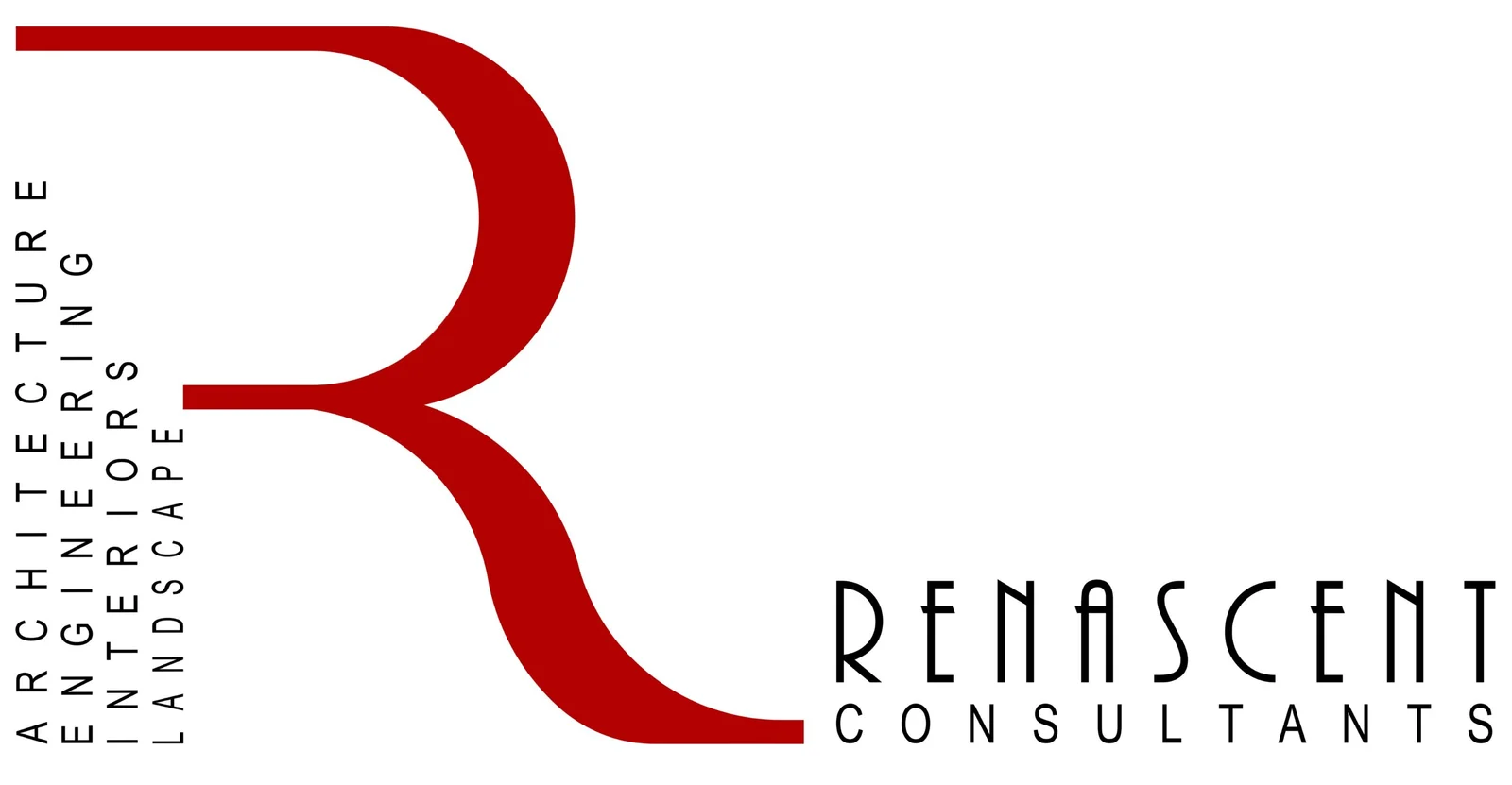The healthcare industry in India is undergoing a remarkable transformation, driven by innovation, technology, and changing patient expectations. Today, hospitals are no longer viewed merely as treatment facilities; they are healing environments that reflect compassion, efficiency, and design excellence. Patients now seek much more than medical expertise; they want comfort, cleanliness, safety, and emotional reassurance. No one wants to step into an overcrowded, outdated, or unhygienic hospital anymore. Instead, people prefer contemporary healthcare spaces that are thoughtfully designed, technologically advanced, and infused with warmth.
This shift in mindset has made Healthcare Architects in India indispensable. Their expertise goes beyond aesthetics; they craft environments that directly impact patient recovery, staff productivity, and hospital reputation. From conceptualizing operation theatres and diagnostic zones to designing reception and waiting areas, today’s architects are reimagining hospitals into holistic ecosystems of care.
If you’re planning to design or upgrade a hospital, Renascent Consultants stands among India’s leading Healthcare Architecture firms. With years of experience and a team of multidisciplinary experts, they deliver end-to-end hospital planning solutions that combine innovation, sustainability, and patient comfort. Their approach ensures every project not only meets but exceeds global healthcare design standards.
Top Trends in Hospital Planning and Design
In recent years, hospital architecture has evolved drastically, influenced by advancements in medical technology, sustainability goals, and new approaches to patient experience. Here are the most significant trends that are redefining healthcare infrastructure across India.
1. Patient-Centric Design
Modern hospital design begins with one core philosophy: the patient comes first. Architects are increasingly adopting evidence-based design principles that promote healing and reduce stress. Features such as large windows for natural daylight, soundproof walls, soothing color palettes, private recovery rooms, and ergonomic furniture are becoming standard.
Spaces are being designed to ensure comfort not just for patients, but also for their families. Many hospitals now include family lounges, accommodation areas, and healing gardens to provide emotional support during treatment. These thoughtful touches help create a sense of calm and belonging, turning clinical environments into spaces of care and compassion.
Patient-centric design goes beyond physical comfort; it also focuses on psychological well-being, accessibility, and inclusivity, ensuring hospitals feel less intimidating and more human.
2. Wellness-Oriented Spaces
Hospitals are no longer perceived as cold, sterile institutions. The focus today is on wellness-oriented design; spaces that nurture both physical and mental health. At Renascent Consultants, we integrate therapeutic gardens, meditation zones, art installations, and fitness areas within hospital premises to promote holistic healing.
Natural light, fresh air, and biophilic design elements such as plants and water features are being incorporated to create soothing environments. Studies have shown that access to such calming surroundings can significantly reduce recovery time and anxiety levels among patients while improving morale among staff.
By blending architecture with wellness, hospitals are transforming into restorative spaces that heal the mind and body alike.
3. Integration of Advanced Technology
Technology lies at the heart of modern healthcare design. From AI-driven patient monitoring systems and digital OPDs to smart ICUs and robotic surgery suites, hospitals are embracing digital transformation like never before.
Architects play a crucial role in integrating these systems seamlessly into the built environment. This includes planning for strong IT infrastructure, data centers, smart wiring, and touchless automation systems.
Many hospitals are also adopting IoT-enabled devices, smart lighting, climate-controlled environments, and automated wayfinding systems to improve operational efficiency. These technological upgrades not only streamline hospital management but also create safer and more personalized experiences for patients.
4. Sustainability in Design
Sustainability is no longer an optional feature; it’s a responsibility. Modern healthcare facilities are adopting green design principles to reduce their environmental footprint and operational costs.
Architects are using eco-friendly materials, energy-efficient HVAC systems, solar power solutions, and rainwater harvesting mechanisms to build sustainable hospitals. Natural ventilation, daylight optimization, and insulated building envelopes further contribute to reducing energy consumption.
Some hospitals are even achieving LEED and GRIHA certifications, showcasing their commitment to sustainable healthcare infrastructure. Renascent Consultants emphasizes environmentally conscious designs that balance energy efficiency with comfort and safety.
Sustainable hospitals not only conserve resources but also provide healthier environments for patients and staff, ultimately enhancing long-term well-being.
5. Safety and Infection Control
Post-pandemic, infection control has become one of the top priorities in hospital architecture. Architects now focus on layouts that minimize cross-contamination risks and improve air quality.
Features such as dedicated isolation wards, negative pressure rooms, touch-free doors, antimicrobial materials, and HEPA air filtration systems are being incorporated into design blueprints.
Hospitals are also rethinking traffic flow by creating separate entries and exits for patients, staff, and visitors, reducing the possibility of infection spread.
Renascent Consultants specializes in designing hospitals that adhere to global safety and hygiene standards, ensuring every corner supports patient protection and operational hygiene.
6. Optimal Space Utilization
As healthcare demand rises; especially in urban areas; efficient space utilization has become a crucial design trend. Hospitals today are focusing on modular and flexible layouts that can easily adapt to changing needs.
Architects are designing multi-functional zones, such as outpatient areas that can double as vaccination centers or conference halls that convert into temporary treatment zones during emergencies.
Smart spatial planning allows even compact hospital sites to accommodate all essential functions; without feeling cramped. Renascent Consultants emphasizes zoning efficiency, ensuring smooth patient flow, adequate staff movement, and clear segregation between clean and contaminated areas.
7. Enhanced Accessibility and Wayfinding
Navigating a large hospital can often be confusing and stressful. Modern hospital design prioritizes accessibility and intuitive wayfinding to make movement seamless for patients, staff, and visitors.
This includes clear signage, color-coded zones, visual cues, digital directories, and barrier-free layouts for differently-abled individuals. These user-friendly navigation systems create a sense of orientation and calmness, improving the overall hospital experience.
Architects are also focusing on designing wider corridors, ramps, and automatic doorways, making hospitals truly inclusive and compliant with universal design principles.
Shaping the Future of Healthcare Design
The evolution of hospital design in India mirrors the evolution of healthcare itself; progressive, people-focused, and driven by innovation. The latest architectural trends are all about building safe, efficient, and healing spaces that respond to the diverse needs of patients, caregivers, and healthcare professionals.
Patient-centric planning, sustainability, and advanced technology are no longer isolated concepts; they are the pillars shaping the hospitals of tomorrow. The focus is on creating healthcare environments that foster healing while maintaining operational excellence.
As India continues its journey toward becoming a global healthcare hub, the role of architects becomes even more critical. They are not just designing buildings; they are designing hope, recovery, and resilience.
If you are ready to transform your healthcare facility into a future-ready, efficient, and patient-friendly environment, Renascent Consultants can bring your vision to life. With deep industry expertise and a human-centered approach, they craft hospitals that embody innovation, sustainability, and care.
Together, let’s redefine healthcare spaces; where design heals, technology empowers, and every corner tells a story of recovery.


